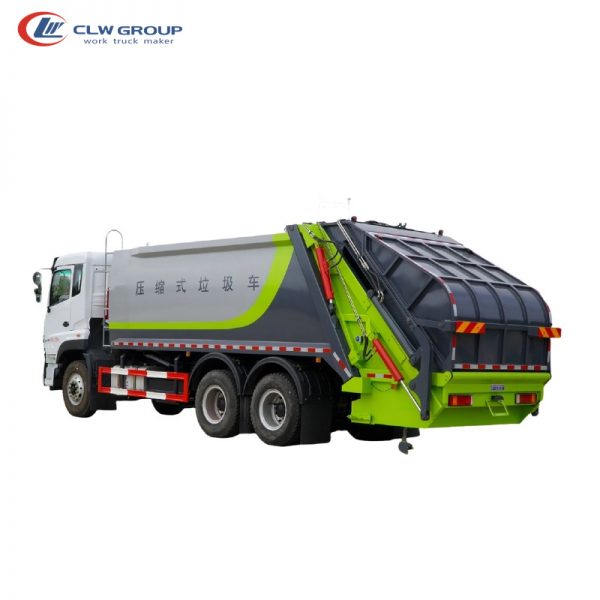Introduction
Crane trucks play a crucial role in various industries, from construction to logistics. These vehicles are equipped with a crane on the chassis, allowing them to lift and transport heavy materials with ease. One of the key components of a crane truck is its chassis, which serves as the foundation for the entire vehicle. In this article, we will delve into the world of crane truck chassis, exploring their design, construction, and the factors that contribute to their efficiency and performance.
Understanding the Crane Truck Chassis
The chassis of a crane truck is essentially the structural framework that supports the crane, as well as the cab and other components of the vehicle. It is typically made of high-strength steel to withstand the heavy loads that the crane will lift and carry. The design of the chassis is critical to ensure stability, safety, and durability during operation.
Types of Crane Truck Chassis
There are several types of crane truck chassis available, each designed for specific applications and requirements. The most common types include:
1. Straight Frame Chassis: This type of chassis features a single continuous frame rail that runs from the front to the back of the vehicle. Straight frame chassis are known for their strength and rigidity, making them ideal for heavy-duty applications.
2. boom truck : Modular chassis consist of multiple interconnected frame rails that can be customized to accommodate different crane configurations and loads. This type of chassis offers flexibility and versatility, allowing for easy modifications and upgrades.
3. Tandem Chassis: Tandem chassis feature two sets of axles, providing enhanced stability and weight distribution. These chassis are commonly used for larger crane trucks that need to lift heavy loads over longer distances.
Factors Affecting Chassis Performance
Several factors influence the performance and efficiency of a crane truck chassis, including:
1. Material Selection: The type of material used in the construction of the chassis plays a crucial role in its overall performance. High-strength steel is the most common choice due to its durability and ability to withstand heavy loads. Aluminum and composite materials are also used in some applications to reduce weight and improve fuel efficiency.
2. Design Considerations: The design of the chassis is critical to ensure optimal weight distribution, stability, and safety. Factors such as the placement of the crane, cab, and other components must be carefully considered to maintain balance and prevent tipping during operation.
3. Load Capacity: The load capacity of the chassis determines the maximum weight that the crane truck can lift and carry safely. It is essential to select a chassis with a sufficient load capacity to handle the intended applications and loads.
4. Suspension System: The suspension system of the chassis plays a vital role in absorbing shocks and vibrations during operation. A well-designed suspension system helps improve ride comfort, stability, and overall performance of the crane truck.
5. Braking System: A reliable braking system is crucial for the safe operation of a crane truck. The chassis must be equipped with high-quality brakes that can effectively stop the vehicle, especially when carrying heavy loads.
Benefits of a Well-Designed Chassis
A well-designed crane truck chassis offers several benefits, including:
1. Improved Stability: A sturdy and well-balanced chassis enhances the stability of the crane truck, reducing the risk of tipping or accidents during lifting operations.
2. Enhanced Safety: A robust chassis, combined with a reliable braking system and suspension, ensures the safety of the vehicle, its operators, and bystanders.
3. Increased Efficiency: A well-designed chassis contributes to the overall efficiency of the crane truck, allowing for smoother operation, faster lifting cycles, and reduced downtime.
4. Versatility: A modular chassis design provides flexibility to accommodate different crane configurations and loads, making the vehicle more versatile and adaptable to various applications.

Conclusion
The chassis is a fundamental component of a crane truck, serving as the backbone of the vehicle and supporting the crane and other essential components. By understanding the different types of crane truck chassis, the factors that affect their performance, and the benefits of a well-designed chassis, operators and fleet managers can make informed decisions when selecting and maintaining these critical vehicles. A strong and reliable chassis is key to maximizing efficiency, safety, and performance in crane truck operations.
